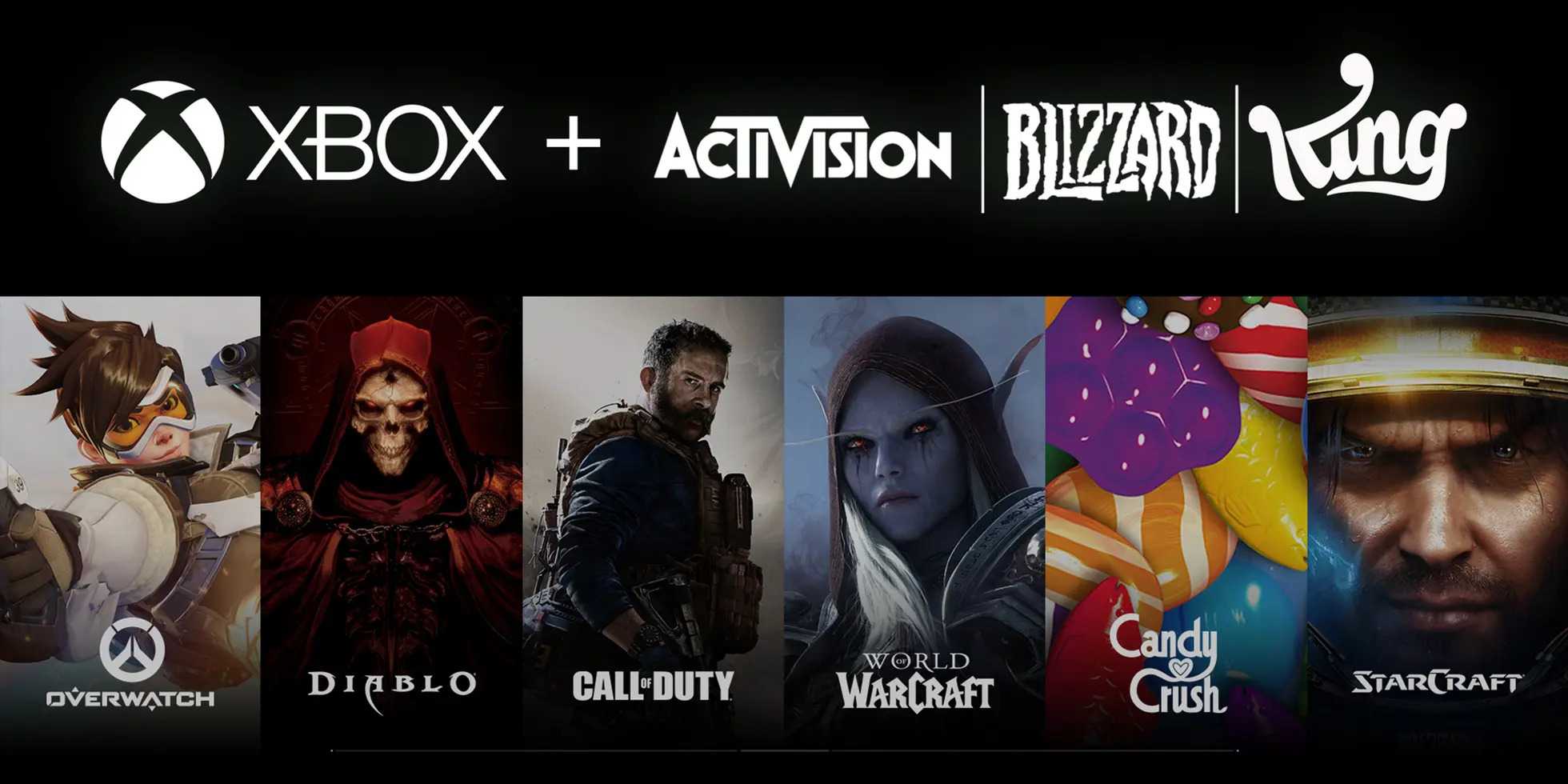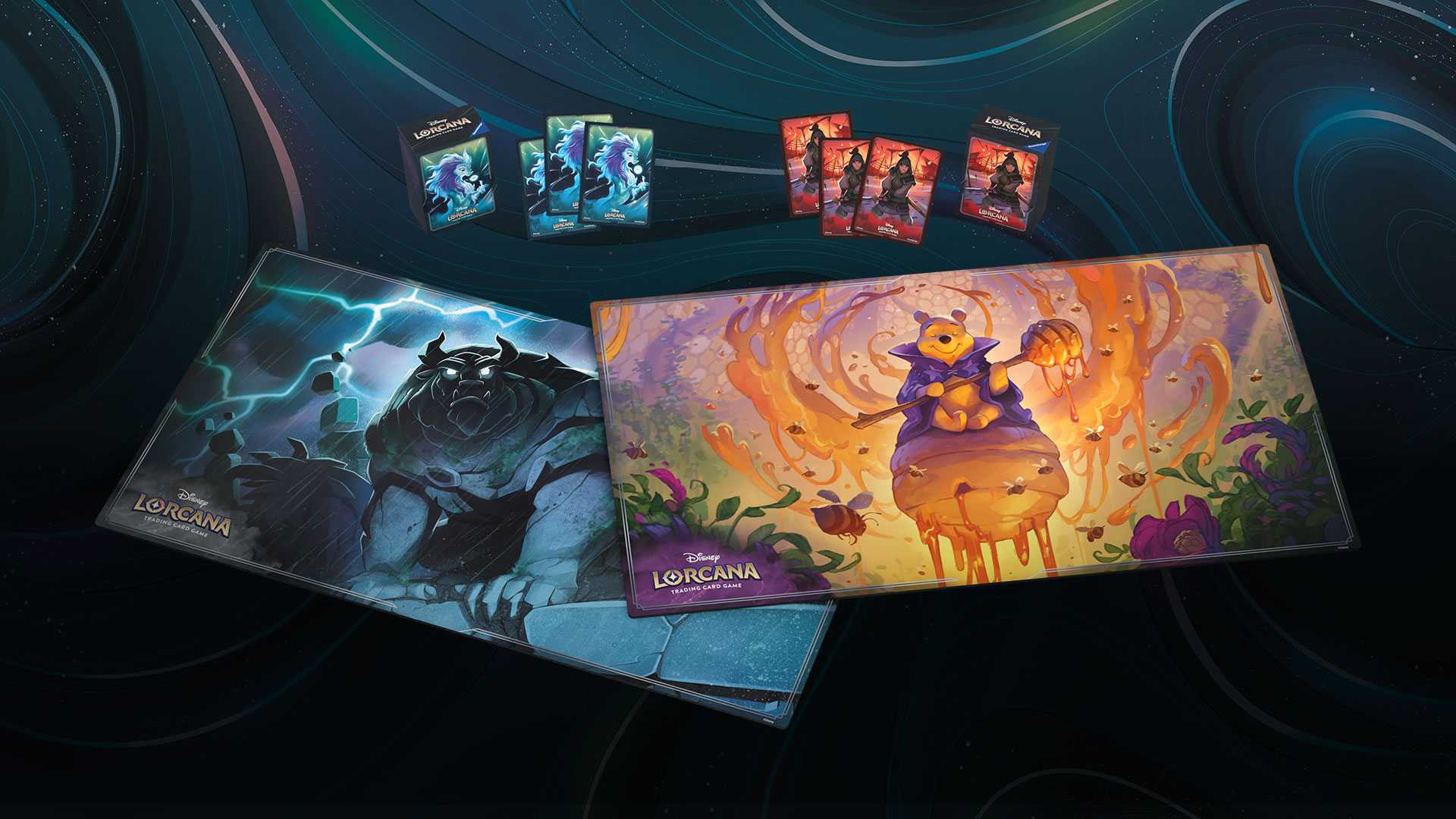Mobile game publishers frequently discuss 30, 60, and 90-day retention numbers as a crucial metric of health. In the world of mobile, where most games are free to download and play, the average person will not hesitate to download and try a new game, and by that same token, they will have no problems deleting the app should the game not maintain their interest over the long-term. New mobile games can often see a surge of interest, which then starts to trail off as the weeks and months pass.
User retention is both crucial and incredibly difficult, begging the question: how do successful developers deliver? That’s where a LiveOps team can do some of the heavy lifting. Through special in-game items, new maps, and live events, players can stay engaged and satisfaction levels will remain high. Data from Interpret’s New Media Measure® makes it clear that staving off boredom among the audience is the best thing any mobile publisher can do to ensure long-term success. Among mobile gamers surveyed, 25% say that repetition is a big reason for dropping a game. Similarly, if a “better game” is now on the market, 26% of mobile gamers will drop their current game to play the new, shiny experience.
Seeing too many ads or facing difficulty progressing in a game can also be factors, but these problems can be overcome with the proper LiveOps approach. The companies that handle this challenge with aplomb are reaping the rewards, especially during the pandemic as everyone is playing more. Zynga, for example, just enjoyed a 47% spike in quarterly revenues largely thanks to its hot mobile titles like Empires & Puzzles and Merge Dragons. And Candy Crush maker King, a subsidiary of Activision Blizzard, saw monthly active users increase in its Q2 due to “strong increases in reach and engagement amidst shelter-at-home conditions at the start of the quarter.” Interpret expects mobile gaming to remain a hot growth sector, but competition for players’ time and interest will be fierce.







